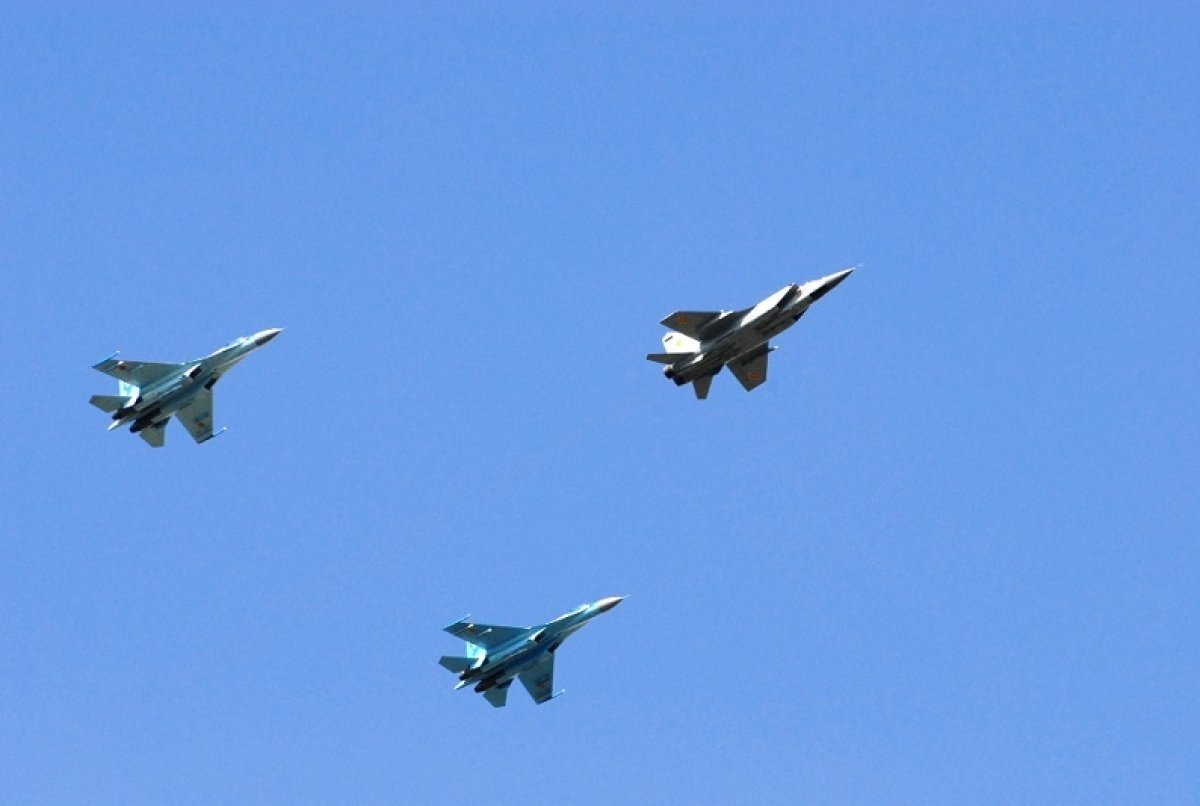In 2019, Kazakhstan established the National Defense Management Center.

Deputy Chief of Staff for Combat Control of the Air Defense Forces and Chief of the Capital Command Center, Lieutenant Colonel Ruslan Rakhmetov, provided Sarbaz.kz with insights into the structure and operation of the Air Defense Forces Command Center, helping to shed light on its crucial role.
Military science is always evolving, not only in the realm of engineering but also in terms of organization. Optimizing troop management is essential for the effective execution of functions, alongside cutting-edge weaponry. Confident leadership is a key factor in achieving coordinated and successful military operations. The final result of an operation or battle depends on careful situational assessment, thorough preparation, timely and clear orders.
In 2019, Kazakhstan established the National Defense Management Center, and subsequently, branch command centers began to take shape.
Ruslan Rakhmetov explained that before the reform, there was no centralized command center as such. His team functioned as part of the main command center and was a small unit within it. However, after modernization, they became an independent structure.
The central command center is directly subordinated to the National Defense Management Center and the Commander-in-Chief of the Air Defense Forces. Lower-level command centers within military units are subordinated to it and effectively oversee all aviation.
"We control all airspace and closely collaborate with other command centers. We actively participate in exercises and engage in personnel, equipment, and cargo transportation. This includes not only the Air Defense Forces but also the Ground Forces, Navy, and special forces. Operational command centers contact and coordinate with us," noted Rakhmetov.
Since command centers often play a vital and connecting role in troop management, the promptness and synchronization of actions are paramount. Lieutenant Colonel Rakhmetov highlighted that regular training sessions are conducted for command center personnel. Four times a month, on Thursdays, command centers simulate various scenarios, from individual to mass airspace violations. Scenarios involving aircraft hijacking or seizure are also simulated. Such exercises automatize the entire aviation workflow, ensuring that no one falters when it matters. All command centers, from lower to higher echelons, participate, in addition to their involvement in regular military exercises.
Describing the command center, Lieutenant Colonel Rakhmetov emphasized that it is equipped with cutting-edge technology: it has all communication means, both classified and unclassified, automated control systems, and diesel generators for power outages. As the center operates around the clock, and officers work in shifts of 24 hours, it is also equipped with rest rooms, dining areas, and medical stations. There's even a psychologist available.
"One shift lasts 24 hours. However, the workload is distributed, and there is time for rest - not more than 4 hours. We replace each other somewhere. But everyone stays at their posts around the clock," said Rakhmetov.
Reflecting on the creation of command centers, Lieutenant Colonel Rakhmetov highly praised the reform. After analyzing all conflicts of past years and drawing from the advanced experience of other countries, officers actively participated in developing the documentation and functionality of command centers. According to him, the reform streamlined and organized the command and control system, establishing a clear vertical hierarchy.
"We, all command center officers, have experience as navigators or pilots. To understand how to manage troops, you have to go through the entire hierarchy from the bottom up and understand all the nuances of this kind of troops," he emphasised.
Currently, there are 50 personnel serving in the Capital Command Center. This includes not only combat control officers but also navigators, meteorologists, and other aviation specialists. In peacetime, they monitor absolutely everything, including civilian flights.
Control over airspace entails additional responsibilities. For instance, the Capital Command Center monitored all aviation flights during firefighting operations and collected detailed information about them, from time spent in the air to the volume of water dropped. As Lieutenant Colonel Rakhmetov explained, command centers also gather and record all parameters, analyze them, and make recommendations. Thanks to these recommendations, aviation makes various adjustments and optimizes plans and operations as needed.